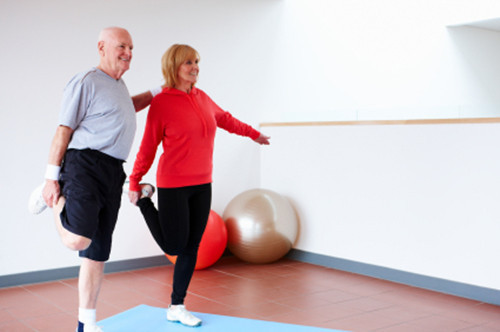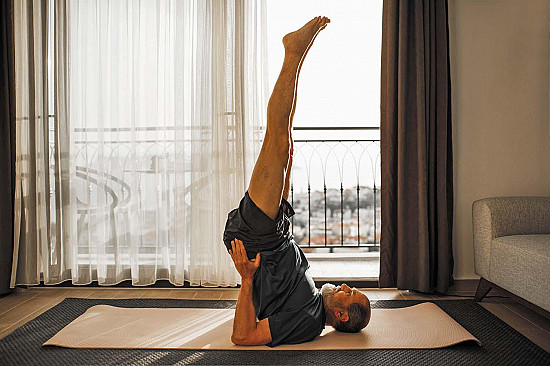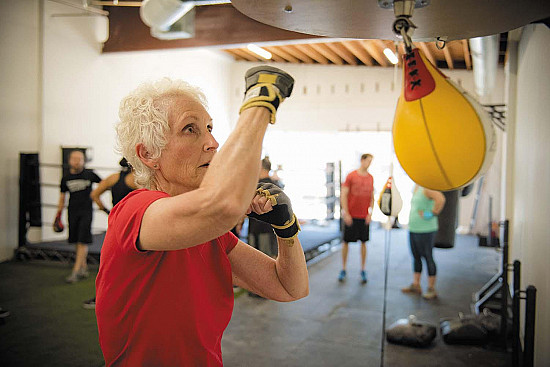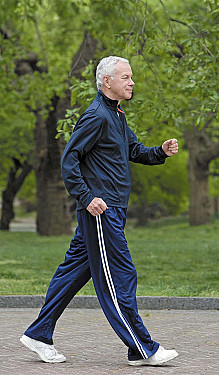Balanced approach to fitness is key

A walking program is good for you; so is resistance or weight training; balance exercises help improve your athletic abilities and keep you independent.
The current U.S. physical activity guidelines emphasize all three aspects of fitness. Here are the recommendations:
- All adults — including people with various disabilities — should aim for at least 150 minutes of moderate aerobic activity, or 75 minutes of vigorous activity, or an equivalent mix of the two throughout the week.
- Twenty minutes of moderate activity is roughly equal to 10 minutes of vigorous activity. During moderate activities, you can talk, but not sing; during vigorous activities, you can manage only a few words aloud without pausing to breathe. Adding time — up to 300 minutes of moderate activity, or 150 minutes of vigorous activity, or a mix — increases the health benefits gained.
- Twice-weekly strengthening activities for all major muscle groups (legs, hips, back, abdomen, chest, shoulders, and arms) are recommended, too.
- Balance exercises are particularly important for older adults at risk of falling.
- Flexibility exercises may be helpful, too.
This much activity is a pretty high goal, and can feel overwhelming. If you can't meet all of the guidelines, experts suggest doing as much as you can. Some activity is always better than none. Even short bits of activity, such as five minutes of walking several times a day, are a good first step toward meeting a bigger goal.
For more information on improving your balance and preventing falls, read Better Balance, a Special Health Report from Harvard Medical School.
Image: Dean Mitchell/Getty Images
Disclaimer:
As a service to our readers, Harvard Health Publishing provides access to our library of archived content. Please note the date of last review or update on all articles.
No content on this site, regardless of date, should ever be used as a substitute for direct medical advice from your doctor or other qualified clinician.















